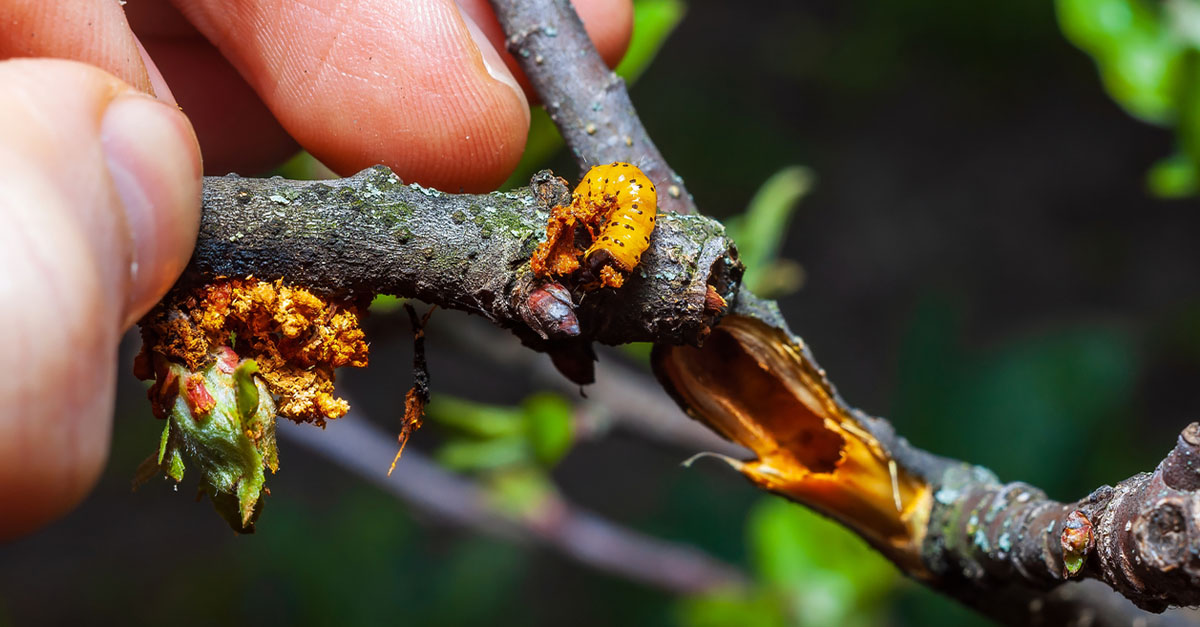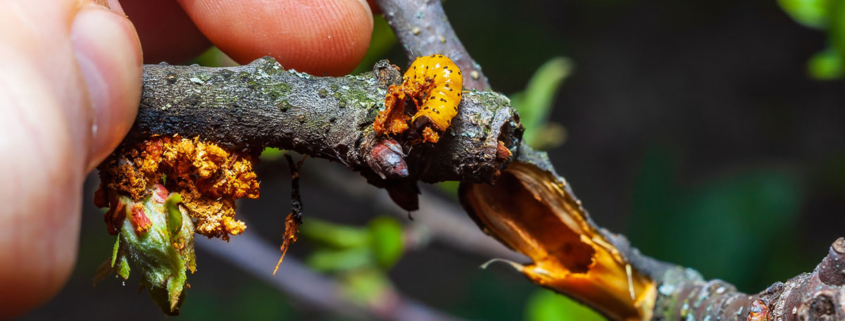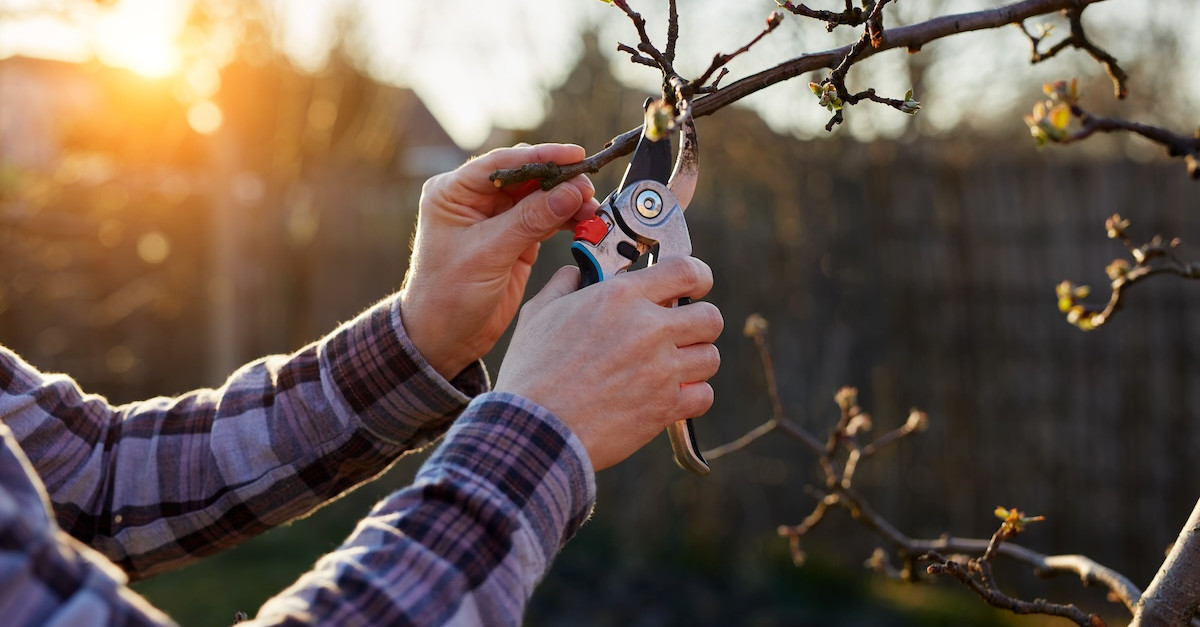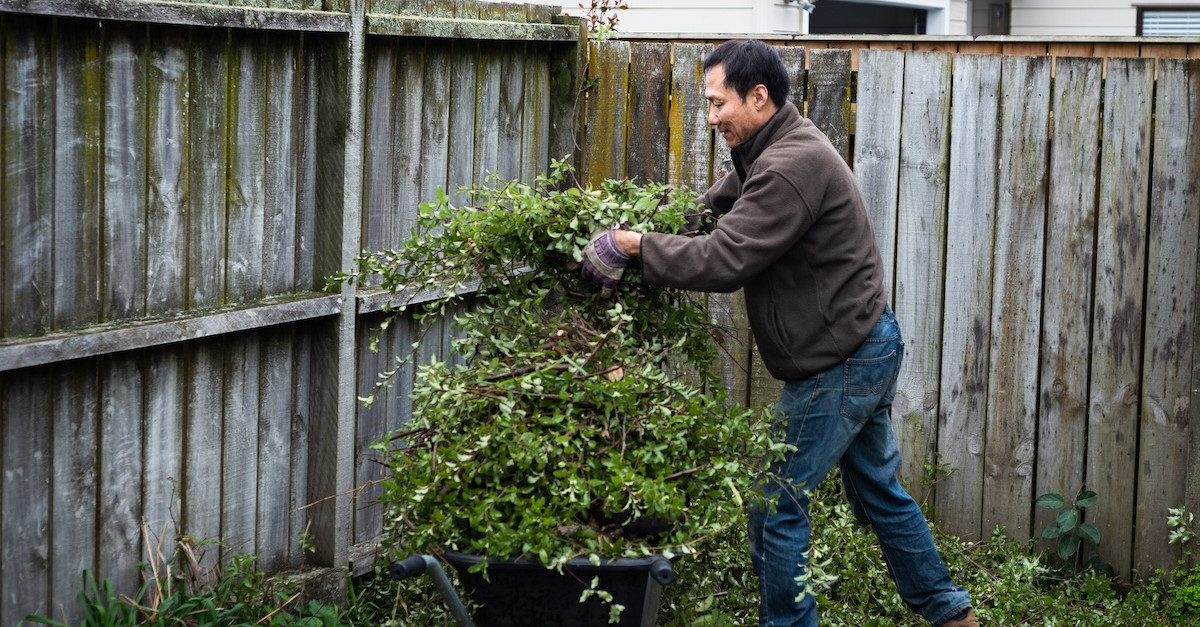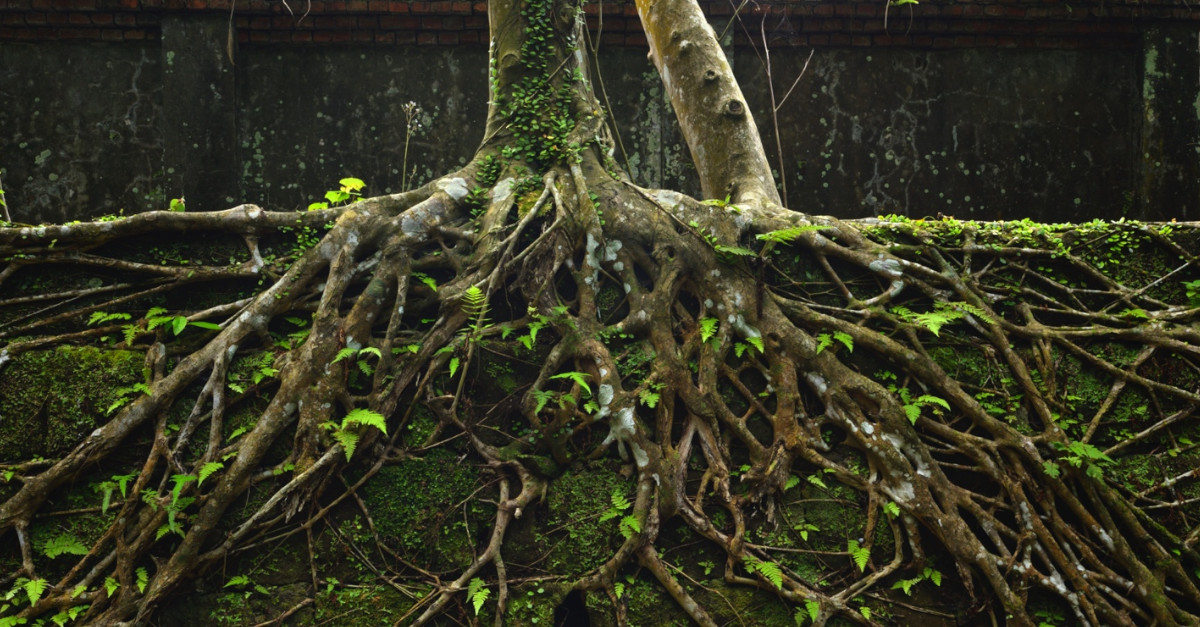Georgia Tree Pests to Watch for This Fall and How to Stop Them
While fall is a great time to look at the vibrant, color-changing leaves on your trees, it’s also important to keep a watchful eye on potential tree pests. Many insects prepare for the winter and lay eggs during this time of year, some seeking refuge in trees and leaving damage in their wake. The key is to detect these pests early and properly identify them before the destruction is out of hand.
What Type of Bugs Come Out in the Fall?
There is an array of pests that descend upon trees during the fall, but several are more active or begin causing notable damage at that time. The following are three of the most common tree pests Georgians should take note of this fall, and how to best control them.
Ambrosia Beetles
Trees that are weakened or stressed, most notably oak, maple, and dogwoods, are prime targets for these little, wood-boring beetles. Although you’ll find them more active during the spring and summer, their destruction becomes more noticeable during the fall when trees are in decline. Watch for tiny, round holes in the tree’s bark and toothpick-shaped sawdust sticking out of the entry holes. The best way to stop them is by removing or destroying infested limbs or trees. Make sure not to cause stress to a tree, such as damaging its roots or overwatering. This can make the tree more susceptible to ambrosia beetles. Think ahead for next season by having preventative insecticides applied by professionals at the beginning of spring.
Fall Webworms
These creatures are known for creating white, web-like nests found at the ends of tree branches. They have a fondness for persimmon, sweetgum, pecan, and hickory trees. The caterpillars located inside these nests enjoy munching on leaves, which can cause extreme defoliation on young or stressed-out trees. If this becomes heavy or repeated, it can kill a tree by tapping out its energy reserves, which makes the tree more vulnerable to diseases and other pests. Although fall webworms rarely kill healthy trees, they can still weaken them, and the nests themselves are typically unattractive. Stop them by pruning out and destroying the nests as soon as possible. If applied early, insecticidal sprays can be effective as well.
Scale Insects
Scale insects, such as white peach scale and magnolia scale, can be especially troublesome tree pests in the fall. For example, the white peach scale can inflict significant damage to peach, plum or other trees and cause stunted growth, reduced fruit size, and even the death of the tree. The magnolia scale only attacks magnolia trees by sucking their sap, causing yellowing leaves, overall weakness, and the progressive death of their branches. Waxy spots or bumps on leaves and branches are telltale signs of scale insects. Applying horticultural oil in the late fall or winter is a good way to combat these pests. Experts also recommend pruning heavily infested branches and bringing in beneficial insects such as lacewings and ladybugs to take out the more damaging critters.
Consult a Professional at Premier Tree Solutions
Remember, you don’t have to face these bugs alone. If you have questions regarding fall tree pests or your trees require trimming or pruning, call Premier Tree at 404-252-6448 or schedule a complimentary assessment online.

